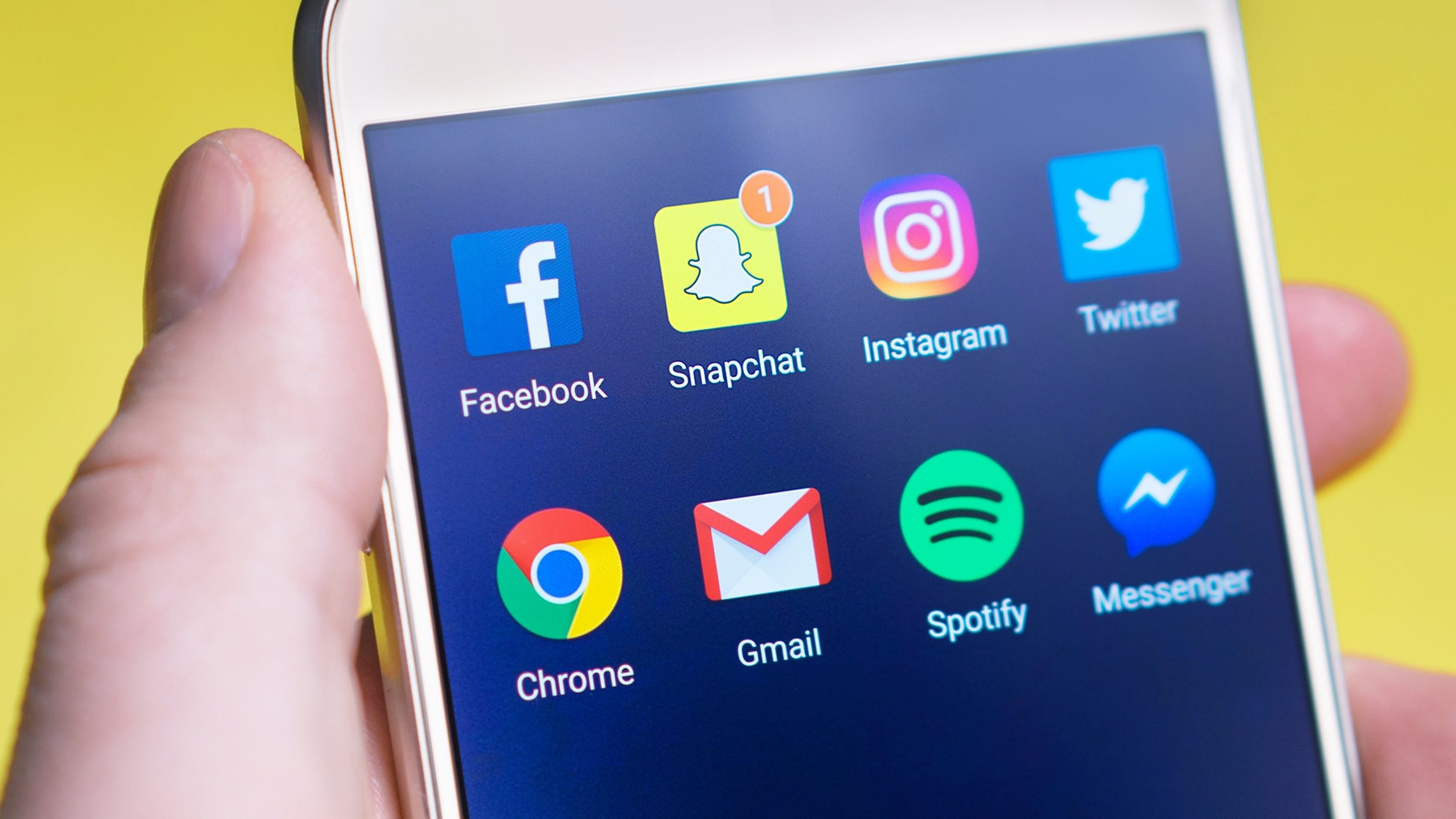Physical Address
304 North Cardinal St.
Dorchester Center, MA 02124
Physical Address
304 North Cardinal St.
Dorchester Center, MA 02124

Does your mobile app marketing strategy currently involve sending push notifications to your users?
As Buildfire discusses, push notifications are an excellent marketing tool because they allow you to engage with them while they are not on the app itself.
Nonetheless, simply sending random push notifications to your users whenever you feel like it is not the right strategy to follow. Rather, the best push notification strategy is one that is well thought out…and informed.
Here are the top five strategies for engaging your app users with push notifications:
If there’s any fundamental rule to follow with a push notification campaign, it’s to not overload your users with notification after notification. If you do, they’ll only feel frustrated or annoyed, and they may switch off push notifications from your app or otherwise uninstall your app entirely.
In other words, sending multiple notifications will only have the opposite effect of what you want, which is why you really want to limit the number of messages that you said.
The easiest way to make sure you never send too many notifications will be to set a message rate limit. Furthermore, you can also review the opt-out stats of your users and see exactly when any of them opted out of receiving notifications (if any did).
Not only do you want to make sure you don’t send too many push notifications, you also want to make sure you send your notifications at the right time?
When is the best time to send notifications? While there is no universal best time, what you can use is send time optimization to determine when the best time is to send notifications by segment.
Send time optimization is basically a marketing automation tool that will analyze data on interactions on your users to determine what the best time of day is to send a notification by the user or segment of user.
Send time optimization has been found to increase the conversion rate by twenty five percent, because it tells you when you can send notifications during a user’s peak engagement time.
Here’s a golden rule to follow when sending push notifications: each notification should have a maximum of twenty four characters, and less than that would be even preferable.
The reason why is because shorter messages get higher conversion rates. Your notifications should be brief and to the point so users reading them can understand what you are saying in only a matter of seconds.
While not every notification you send should have an image or an emoji, you should at least Take note that only Android phones can currently support photos in push notifications, but emojis can be included in both Android phones and iPhones.
The reason why you should consider including images and emojis is because they can help to evoke emotion in the user. A sentence is one thing, but a visual representation of what that sentence is saying in the form of a photo helps to really hit the point home.
Emojis can also be used to help set the tone of your messages even if you don’t include images.
This one is huge. Regardless of everything else, your notifications fundamentally need to be worth the user’s time or else they’ll opt out of them or delete your app.
For this reason, reserve your notifications to sending messages that are urgent or time sensitive. Don’t send push notifications for the sake raising awareness about a new feature in your app or ones that communicate general updates about your app.
In essence, you need to ask yourself if you would like to be sent the notification if you were the user. If you aren’t feeling good about it, either revise it or don’t send it at all
In conclusion, push notifications are a valuable component of any strategy to stay better connected with your mobile app users.
But a poor push notification campaign can leave your users feeling annoyed or frustrated. In fact, almost four out of every four app users will either uninstall an app or at least opt out of receiving future push notifications if they are not a fan of the notifications they’re being sent.
Therefore, you want to make sure that your push notifications are relevant, helpful, short, and sent in a manner that is not intrusive.